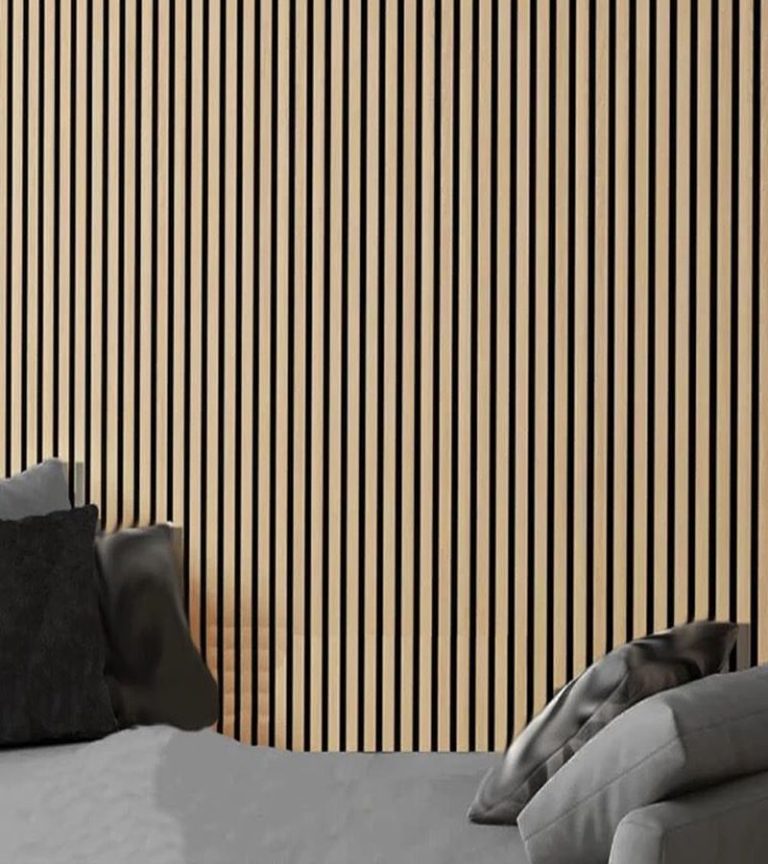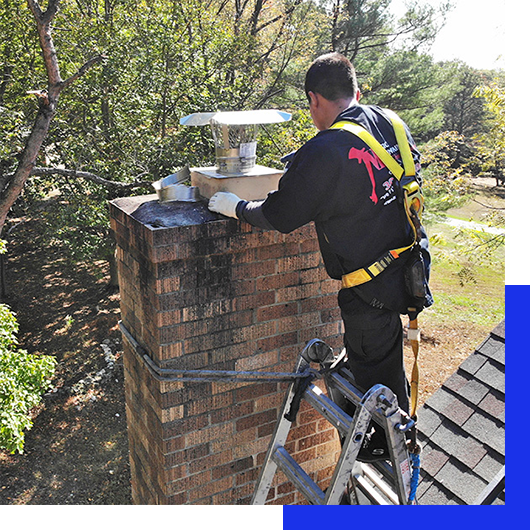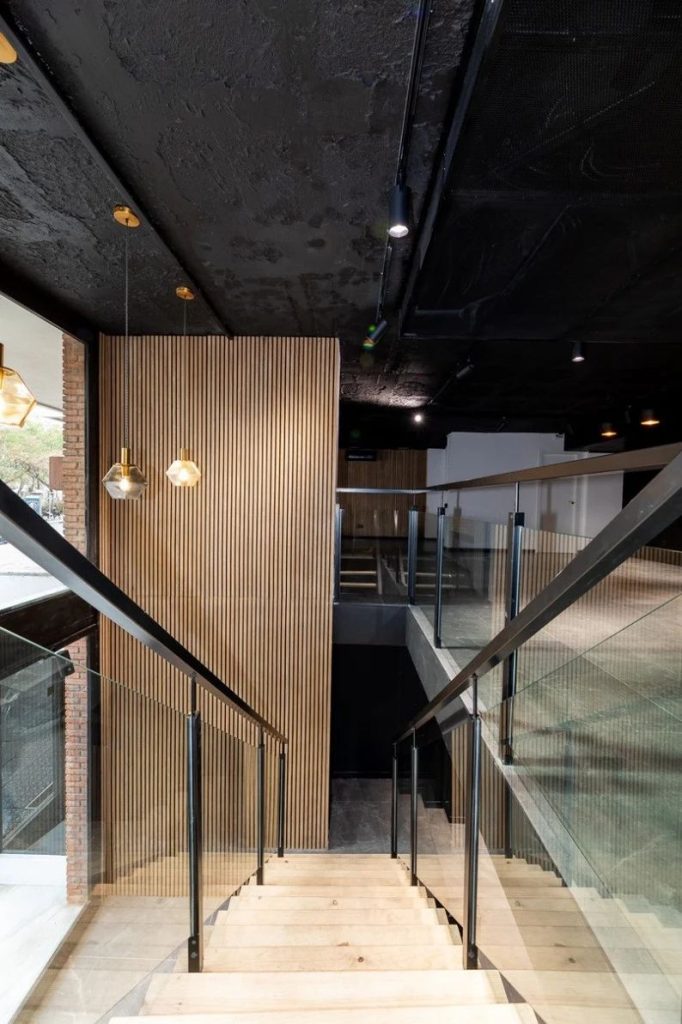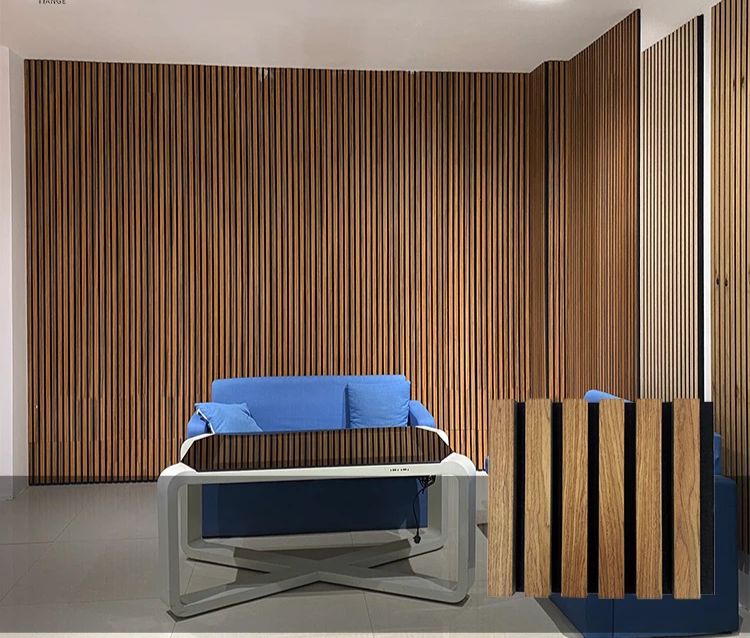Wood Panels That Speak Style: A Smart Choice for Home Appeal
The Allure of Wood Panels in Modern Homes
Not only are homeowners increasingly drawn to wood panels for their aesthetic appeal, but also for the long-term benefits that they provide to a property, wood panels are becoming increasingly popular in today’s design landscape. The use of these streamlined and textured wall solutions provides a revitalizing alternative to traditional wall finishes and has the potential to make any area feel cozier, more polished, and also more deliberate. However, beyond the realm of aesthetics, there is a growing body of evidence suggesting that proper placement of wall paneling can have a favorable impact on the perceived value of a home.
Let’s explore how integrating wood panels into your interiors can subtly yet significantly boost your home’s desirability.
Why Wood Panels Are Gaining Attention
Wood panels have evolved from being a rustic design choice to a modern interior trend that appeals to minimalists and maximalists alike. Their versatility lies in their ability to blend seamlessly into both classic and contemporary settings, offering a stylish backdrop that’s hard to ignore.
Aesthetic Flexibility of Panels
From soft grains to bold geometric arrangements, wood panels come in various finishes and designs. Whether you choose something sleek like oak grey felt panels or go bold with unique textures, these panels offer a spectrum of customization that allows you to reflect your personality through interior design.
Why Panels Are Better Than Paint or Wallpaper
Unlike paint, which may chip or fade over time, or wallpaper that peels in humid areas, wood panels are long-lasting and maintain their fresh look for years. They also require minimal upkeep and are far more resilient to wear and tear — a factor that appeals to potential homebuyers looking for move-in-ready spaces.
Acoustics and Insulation
Wood paneling isn’t just a pretty face. It can subtly improve a home’s acoustics by dampening sound and reducing echo, especially in larger or open-concept areas. Some options even provide added insulation, making your home feel cozier and more energy-efficient throughout the year.
Wall Panels Add Value Without Renovation Costs
Home upgrades often come with budget concerns and long timelines. Wood panels, however, offer a relatively simple way to change the ambiance of a space with minimal disruption.
Why Panels Are A Cost-Effective Investment
Compared to full-scale remodels, installing wall panels is an affordable project that delivers a high visual impact. Whether you cover one feature wall or an entire room, this touch of sophistication makes the space feel more thoughtfully designed.
Faster Turnaround
Most wood panel solutions can be installed quickly, especially when opting for user-friendly systems like those found in this collection. Homeowners can often complete the transformation over a weekend, meaning less downtime and quicker results.
Attractiveness to Buyers
Real estate professionals often note that potential buyers are drawn to homes that look move-in-ready and thoughtfully maintained. Stylish touches like wood panel walls can signal care and attention, leading to faster sales and potentially higher offers.
Design Tips to Get Started on Wall Panels
If you’re considering installing wood panels, it’s wise to start with a clear vision for the space. Here are a few creative ways to use them:
- Create a focal point: Use panels to highlight the fireplace or headboard area in the bedroom.
- Break up open floor plans: In large rooms, wood panels can help define areas without adding walls.
- Mix textures: Pair wooden panels with metals, concrete, or textiles to strike a modern balance.
FAQs
Are wood panels suitable for all rooms?
Yes. Wood panels can work in living rooms, bedrooms, and even bathrooms if the product is moisture-resistant.
Do they require professional installation?
While many panels can be DIY-friendly, professional installation ensures precision and longevity.
Can I paint or stain my wood panels later?
Many wood panels can be refinished, but it depends on the type you choose. Always check the product guidelines.
Are they eco-friendly?
Several panel products use sustainably sourced wood or recycled materials. Look for eco-certifications when shopping.
Where can I find more design inspiration?
Explore collections and ideas from platforms like this one for curated insights and trending designs.



